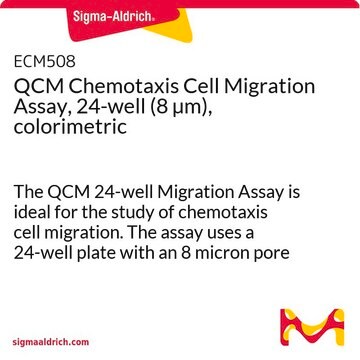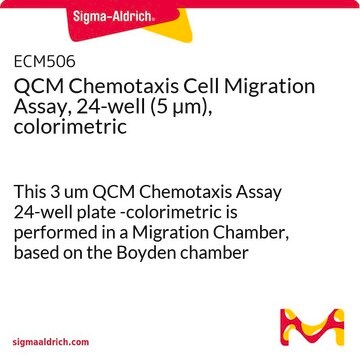1.The MAS010 strips have been tested with both fresh and dried leaves such as spinach and green tea. The leaves were homogenized with distilled water using a Dounce homogenizer and diluted as needed to ensure that the oxalate concentration falls within the detection range of the strip (0.25-1.5 mg/dL). Therefore, the sample preparation for vegetable powder should be similar to that for leaves. It is recommended to dissolve the vegetable powder in water and test the sample to ensure that the oxalate concentration falls within the detection range. If the concentration is too high, perform dilutions to find the appropriate dilution factor for the strips. Conversely, if the concentration is too low, dissolve a greater amount of vegetable powder in the same volume of water. When testing different dilution factors, the strips can be conserved by cutting them in half, but remember to use the full-sized strip for the final test. For further inquiries, feel free to reach out.
2.Spinach has a high concentration of oxalate (1029 mg soluble oxalate/100 g leaves). For a sample similar to spinach, try homogenizing 5 mg of the dried leaves with 10 mL of water, aiming for a concentration of 0.5 mg/dL oxalate, the mid-range of the detection of the strips. If measuring the total oxalate content, homogenize the sample in 2M HCl instead of water. Spinach has about 1959 mg total oxalate/100 g leaves. For a concentration of 0.5 mg/dL oxalate, mix 5 mg of dried leaves with 10 mL of 2M HCl, then neutralize the sample with 10 mL of 2M NaOH before transferring it onto the strip.
3.A Dounce homogenizer or a mortar and pestle can be used to further mash the leaves. Subsequently, the sample can be centrifuged at 10,000 g for 5 minutes, and the clear supernatant can be transferred to the strips. The speed and time of centrifugation do not matter as long as the particulates can be pelleted at the bottom.
Kluczowe dokumenty
MAS010
Paski szybkiego testu szczawianowego
Sufficient for 10 tests
Wybierz wielkość
369,00 zł
Wybierz wielkość
About This Item
369,00 zł
Polecane produkty
Poziom jakości
moc wejściowa
serum
plasma
urine
Zastosowanie
food and beverages
metoda wykrywania
colorimetric
powiązane choroby
genitourinary disorders
temp. przechowywania
2-8°C
Opis ogólny
Zastosowanie
- Badanie żywności i napojów
- Próbki biologiczne, takie jak osocze, surowica i mocz.
Cechy i korzyści
- Szybki i czuły: Zapewnia szybkie wyniki przy zaledwie 10 μL próbki do pomiaru półilościowego w zakresie 0-1,5 mg/dl lub 0-170 μM (nierozcieńczonego) szczawianu, zapewniając szybką i dokładną analizę.
- Wydajność: Obróbka próbki i zakończenie testu zajmuje mniej niż 10 minut, oszczędzając czas i zwiększając produktywność.
- Przyjazny dla użytkownika: Wygodna konstrukcja pasków testowych eliminuje potrzebę stosowania czytnika płytek lub kuwet, upraszczając proces testowania i czyniąc go dostępnym dla użytkowników na wszystkich poziomach umiejętności.
Przydatność
Zasada
Inne uwagi
Kod klasy składowania
12 - Non Combustible Liquids
Temperatura zapłonu (°F)
Not applicable
Temperatura zapłonu (°C)
Not applicable
Wybierz jedną z najnowszych wersji:
Certyfikaty analizy (CoA)
Nie widzisz odpowiedniej wersji?
Jeśli potrzebujesz konkretnej wersji, możesz wyszukać konkretny certyfikat według numeru partii lub serii.
Masz już ten produkt?
Dokumenty związane z niedawno zakupionymi produktami zostały zamieszczone w Bibliotece dokumentów.
-
1.Provide a sample preparation method that is specific to vegetable powders and specify the required reagents?
2.What amount of sample should be used and what volume of water or sample-to-water ratio is recommended for roughly ground dried leaves, equivalent to spinach?
3.Following the homogenization of the roughly ground sample in water, should I centrifuge the mixture before using the test strip, and if so, at what speed and for how long? Alternatively, can the mixture be used as is?1 answer-
Helpful?
-
-
Can this test oxalate levels in cooked foods? Is there an indicator of the quantitative amount of oxalates?
1 answer-
Unfortunately, the kit MAS010 hasn't been tested for cooked foods but most likely it can work. The kit contains an oxalate chart that works as the indicator of quantitative amount of oxalates.
Helpful?
-
-
I'm looking for a way to do a quick/qualitative at home screening for oxalates. Will this product be useful for that? If so, what is needed other than the strips?
1 answer-
Unless otherwise stated this product is intended for research use only and is not to be used for any other purpose, which includes but is not limited to, unauthorized commercial uses, in vitro diagnostic uses, ex vivo or in vivo therapeutic uses, or any type of consumption or application to humans or animals.
Helpful?
-
Active Filters
Nasz zespół naukowców ma doświadczenie we wszystkich obszarach badań, w tym w naukach przyrodniczych, materiałoznawstwie, syntezie chemicznej, chromatografii, analityce i wielu innych dziedzinach.
Skontaktuj się z zespołem ds. pomocy technicznej








